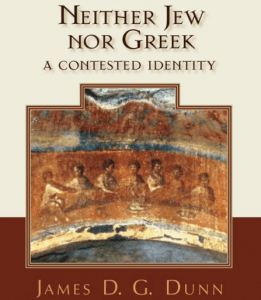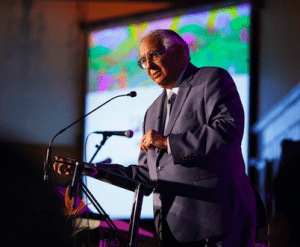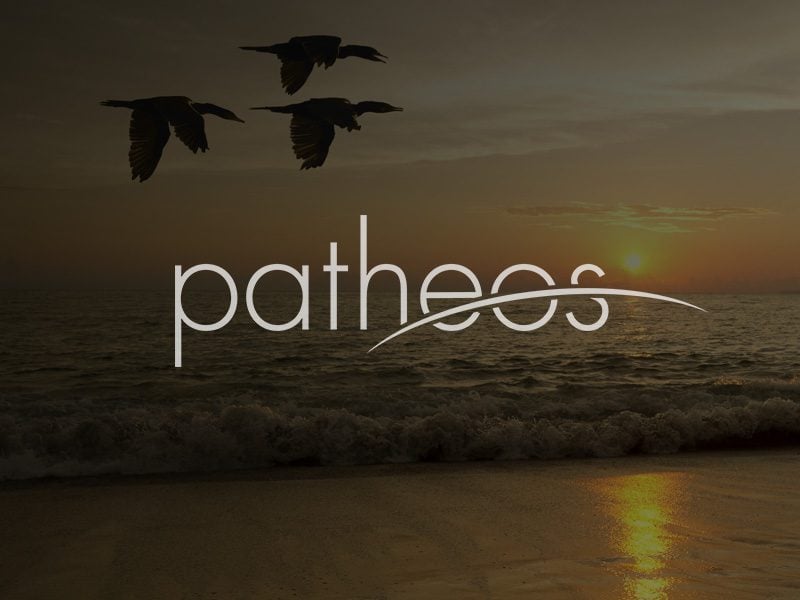There’s a bit of sensationalism and a bit of news and a bit of history (belief in resurrection after three days) in this recent discussion out of the Vatican:
Professor, what is the Gabriel’s Revelation stela on show in the “Verbum Domini” exhibition in the Vatican?
“It is an extraordinary archaeological find which resurfaced back in 2000, in the Eastern part of the Dead Sea. It was on the west bank of the Dead Sea that the famous Qumran manuscripts were discovered over fifty years ago. This was purchased by Dr. David Jeselsohn, a banker from Zurich, who added it to his precious collection of old texts. Gabriel’s Revelation is a 93cm tall and 37cm wide stela divided into two columns of Aramaic text. Experts date it between the 1st century BC and the 1st Century AD. The text is composed of 87 lines and presents the Messiah in quite a different way than how he was viewed during Jesus’ time. He is not described as a glorious descendant of David who supposedly restored the kingdom to Israel, but as someone who suffered and was resurrected after three days. It is named Gabriel’s Revelation or Jeselsohn Stone, after the man who discovered it.
What does the text say?
“The first column talks about the eschatological war. When Jerusalem is under siege, God will send a sign via His Messiah, which will announce the destruction of the Antichrist and the forces of evil. In the second column, God declares that the blood of martyrs will be the instrument that will allow them to ascend to heaven. It then goes on to mention three leaders sent by God who will be killed in battle. Finally, the angel Gabriel orders his interlocutor to come back to life.”
Why might Gabriel’s Revelation be an important piece of proof of Jesus’ prophesies about his resurrection?
“In lines 80-81 of the second column, the angel Gabriel supposedly addresses these words to his interlocutor: “In three days you shall live, I, Gabriel, command you, prince of princes, the dung of the rocky crevices.” According to Israel Knhol – who studied this tablet in great depth – the “prince of princes” is meant to be Simon, one of the revolutionaries, who, the day after Herod’s death, reclaimed Israel’s independence for himself and for his people. According to Giuseppe Flavio, (The Jewish War 2, 4, 2), Simon was killed whilst standing on the edge of a gorge. His body probably ended up on the cliff’s rocks, where it putrefied. On the Jeselsohn Stone, Gabriel is supposedly addressing this revolutionary, announcing to him that he would be brought back to life after three days time.”
What do the Gospels say about this?
“In Matthew’s Gospel (27:63), the Pharisees remind Pilate of what Jesus said when he was alive: “After three days I will rise again”. The similarity between the words on the tablet and Jesus’ words is evident. The only difference is that on the tablet the angel Gabriel announces those words to a man, whereas in the Gospel, Jesus applies them to himself. Thus, the tablet is an extremely important piece of historical evidence of Jesus’ prophesies, particularly the prophesy of this death and resurrection. The words on the tablet were apparently not re-written by the early Christians, as a formula similar to the one Jesus applied to himself – in terms of his resurrection after three days – already existed.











